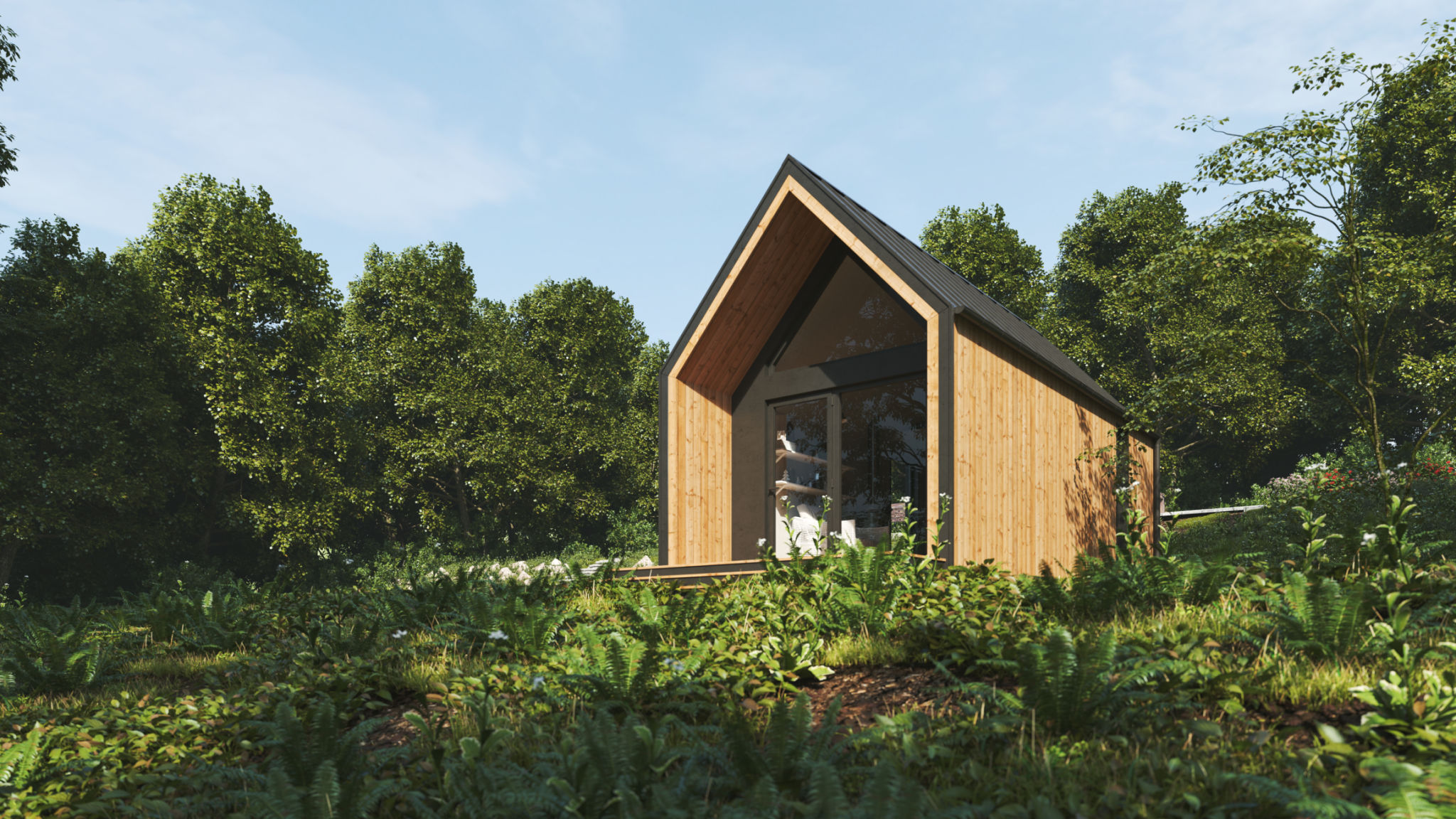Debunking Common Myths About Shipping Container Homes
The Rise of Shipping Container Homes
In recent years, shipping container homes have emerged as a popular alternative to traditional housing. These innovative structures offer a unique blend of affordability, sustainability, and modern design. However, along with their rise in popularity, several myths have surfaced that can mislead potential homeowners. In this post, we will debunk some of these common misconceptions and provide clarity on what container living truly entails.

Myth 1: Shipping Container Homes Are Uncomfortable
A prevalent myth about shipping container homes is that they are uncomfortable and unsuitable for living. This misconception arises from the idea that metal boxes are inherently cold and bare. However, with proper insulation and design, these homes can be just as comfortable as traditional houses. Modern container homes often feature high-quality insulation, heating, and cooling systems, ensuring a cozy living environment year-round.
Many shipping container homes are designed with comfort in mind, utilizing open floor plans, large windows, and high ceilings to create spacious interiors. Homeowners can customize their containers with various finishes and materials to further enhance comfort and aesthetics.
Myth 2: Shipping Container Homes Are Not Durable
Another common myth is that shipping container homes are not durable. This misconception likely stems from the perception that containers are flimsy structures. In reality, shipping containers are designed to withstand the harshest conditions at sea, making them incredibly durable. Constructed from corten steel, they are resistant to extreme weather, corrosion, and pests.

When properly maintained and modified for residential use, these containers can last for decades. Reinforcing the structure with additional materials and applying protective coatings can further extend their lifespan.
Myth 3: Shipping Container Homes Are Not Environmentally Friendly
Some people believe that shipping container homes are not environmentally friendly due to the energy required for modifications. However, when compared to traditional construction methods, container homes can actually be more sustainable. Repurposing used containers reduces waste and conserves resources that would otherwise be used in building new structures.
- Containers are often recycled from decommissioned shipping units.
- Building with containers reduces the need for new materials like cement and bricks.
- They can be equipped with eco-friendly features such as solar panels and rainwater harvesting systems.

Myth 4: Shipping Container Homes Lack Aesthetic Appeal
Contrary to the belief that shipping container homes lack aesthetic appeal, these structures offer a variety of design possibilities. Architects and designers have embraced the challenge of transforming industrial containers into stunning residences. With creativity, container homes can feature sleek modern designs or rustic charm, depending on the homeowner's preference.
The modular nature of shipping containers allows for easy customization and expansion. Homeowners can stack or connect multiple containers to create larger living spaces or unique architectural designs.
Conclusion
Shipping container homes are a viable and attractive alternative to conventional housing, offering numerous benefits including sustainability, affordability, and durability. By debunking these common myths, we hope to provide a clearer understanding of what living in a shipping container home truly involves. As this innovative housing solution continues to gain traction, it’s essential to separate fact from fiction to make informed decisions about your future home.
